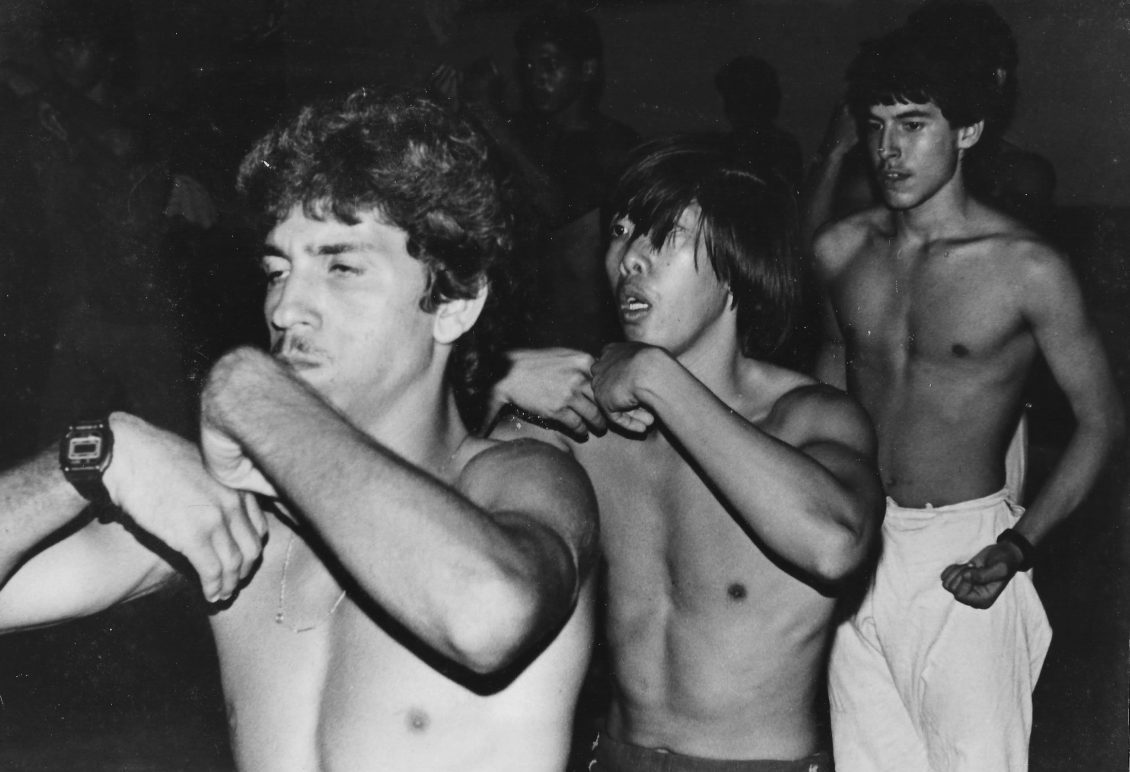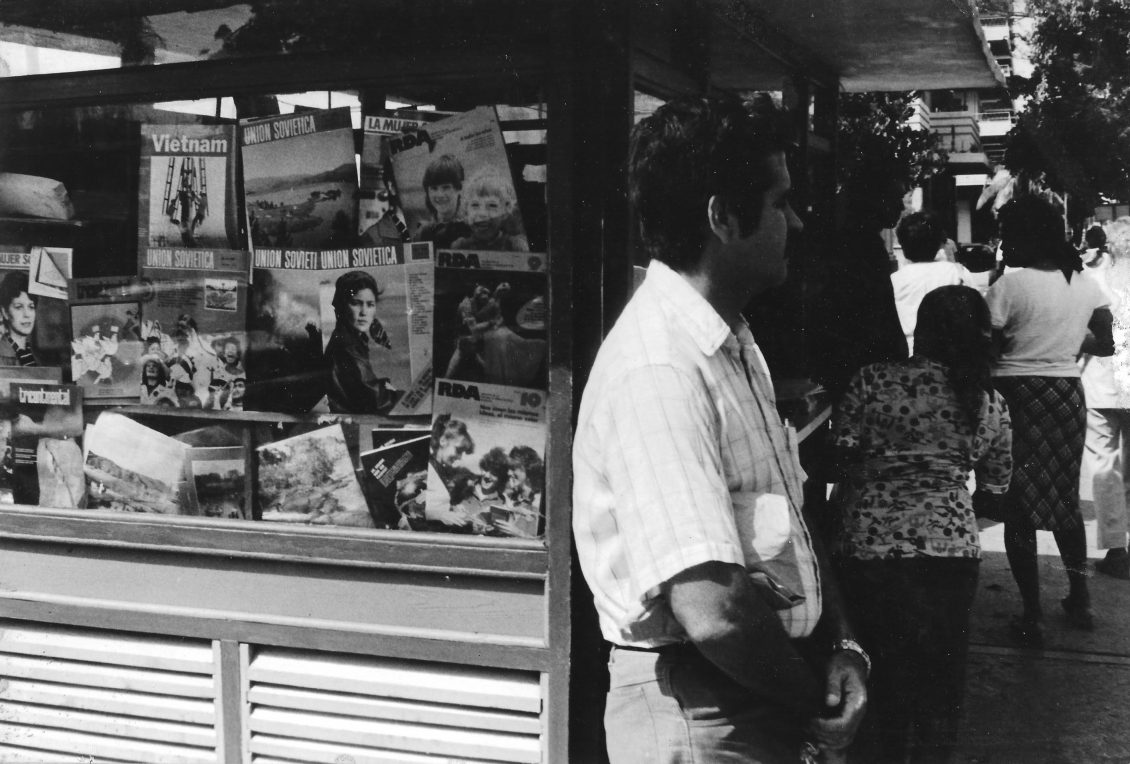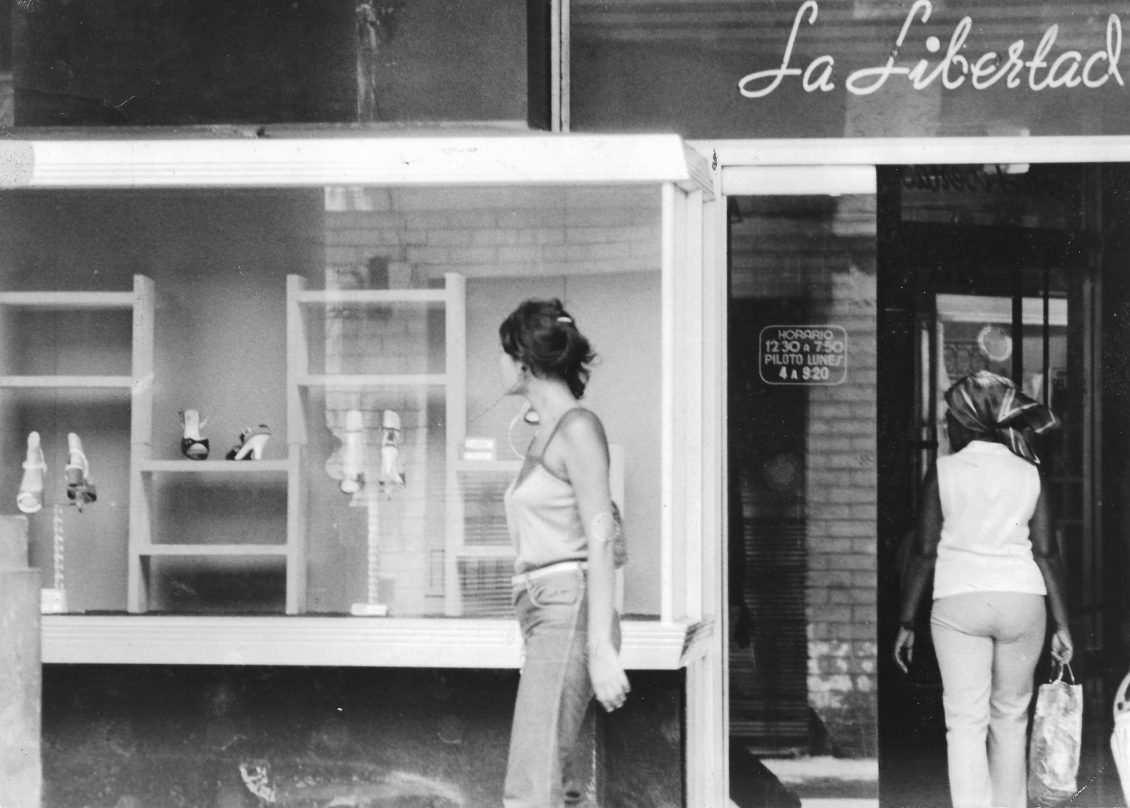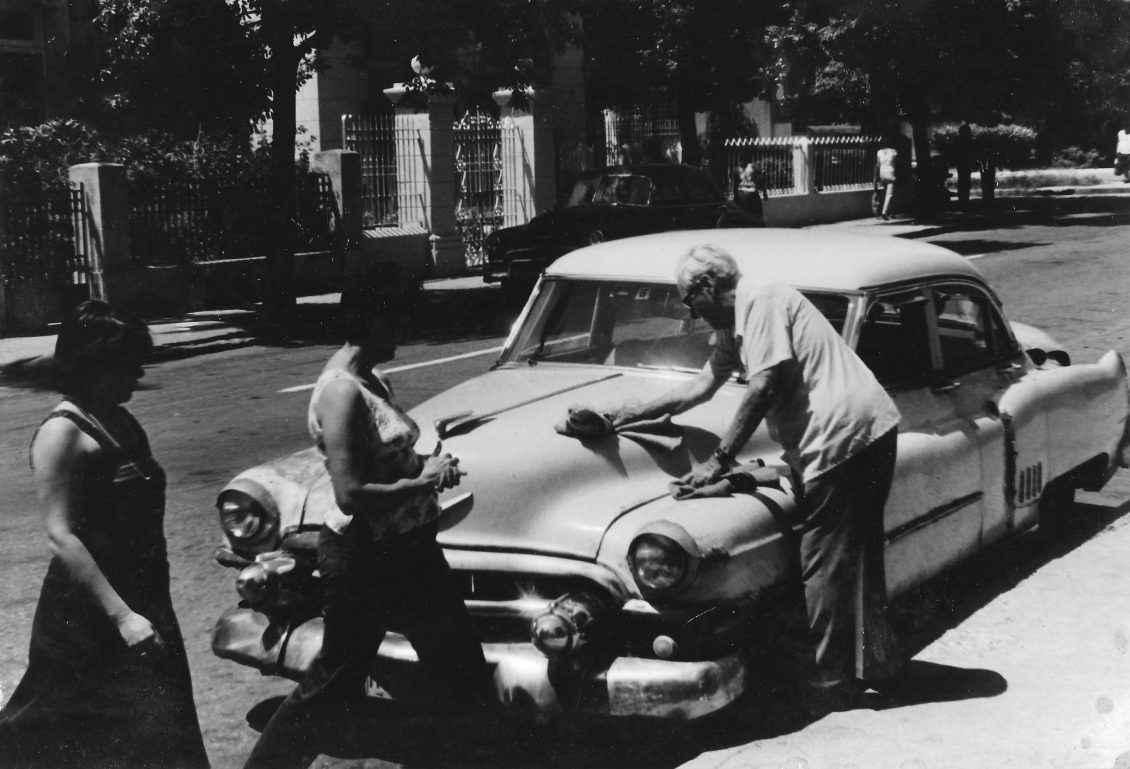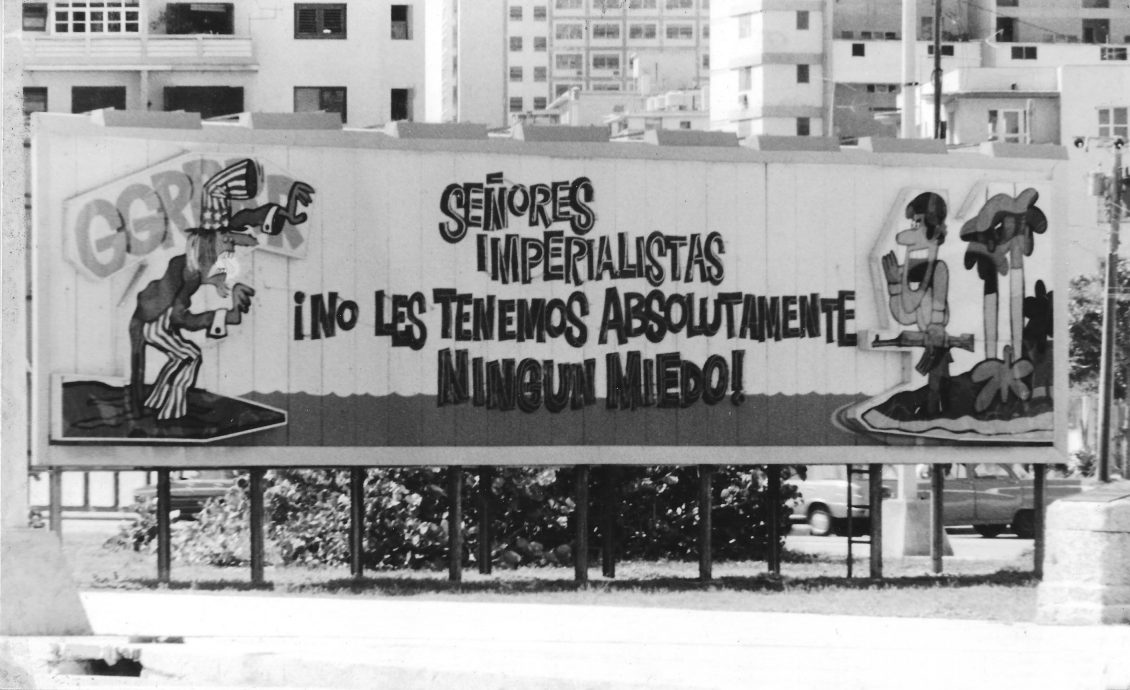In attempting to discover and speak with Cuban artists, I began visiting both public art galleries in Havana.
The one located near our hotel was presided over by Jose Antonio Salas Calderon. Nicole Batsere, my interpreter and I were speaking with him about the city’s artists and their work when he told us of his pet project – sponsoring a group of Cuban Kung-fu dancers.
Many people seem to be multi-talented here. They have their jobs and then they have their passionate interests. Jose is the artistic director of El Grupo Experimental de Danza del Leon China. With the coming of carnival, his group of over a hundred dancers are practicing every day in preparation. He invited us to attend the practice session that session.
All over Havana there are people working on projects for the festivities that begin July 25, a time of year traditionally celebrating the end of the harvest season. After the revolution, the celebration was given additional significance. It was on July 26, 1953, that Fidel Castro and about 170 followers made the first strike against the Batista regime, attacking the Moncada barracks at Santiago de Cuba. Fidel was subsequently arrested and sentenced to 15 years in jail, but the attack focused national attention on the early stages of the struggle.
While the Cuban government attempts to focus attention on political issues, the people enjoy a citywide party that lasts for more than 10 consecutive days. There are parades and dancing in the streets with bands playing all over the city’s wide avenues. For weeks in advance of the activities, people spend their free time building floats and decorations, or practicing for some kind of participation. El Grupo will perform in the street parades next week in an art form that is traditionally Chinese.
There are a surprising amount of Chinese living in Havana. They first came here as early as 1806, lured by hopes of improved living conditions. The Chinese signed agreements for their transportation to the new world in exchange for an eight-year contract for labor. They were shipped through Manilla to Panama and then over land by rail eventually completing the travel by ship to Cuba. During the period of their bondage, they were treated much worse than African slaves because after the eight years expired, they had no official value. A slaveowner on the other hand, had a stake in the health of slaves that he owned for life.
The indentured Chinese worked side by side with the African slaves mostly in agrarian situations. Some eventually intermarried with blacks as well as Spanish after the emancipation in 1877. Chinese contracting had also come to a close, with that year’s census recording 40,261 Chinese living in Cuba. Havana already had its first Chinese restaurant in 1858.
After the elimination of slavery, racism still persisted in Cuba up until the revolution. At that time, many of the Chinese fought alongside the Castro supporters. Since then, they have been recognized as fully franchised Cuban citizens. There has been a concerted effort to reconstruct the folkloric traditions of the Chinese-Cuban people with activities like the one we witnessed as the older generation of Chinese attempt to pass on their traditional arts to the following generations.
History is written in the many varieties of facial features blended here as well as in the merging of cultures. There really is no typical Cuban face. With skin tones blending from black to suntanned white, with Oriental features blended in as well, one forgets about delineating along the lines of color or race. The melting pot is not simply a cliche here.
A boy about eleven years of age tried to tell me tonight how happy he was to be living here in Cuba because there was no “cucuclan.” I had no idea what he was talking about and asked Nicole to intervene with her superior command of the language. He rubbed the skin on his forearm affectionately, and said that in the U.S. there is the Ku Klux Klan, and he would suffer for having that dark skin.
There are more than 2 million people living in this city. I have only talked to about a hundred, looking for someone who will tell me that they are miserable or that they detest their government. Instead I am typically told in so many words that, “We Cubans are not rich, but at least now we all have the basics necessary for life.” Before the revolution, that wasn’t so.
Cubans may be cut off from the West, but in no way are they culturally isolated. They may never learn that Miami Vice is battling Dallas for the top ratings on American TV, but they do know what is going on in the streets of those cities. While a majority of Cuban-American refugees have become stable and productive citizens of the USA, it seems the people within Cuba believe that their government has succeeded in exporting a lot of their problems to America.
It is really amazing for me to walk all over “Habana Vieja,” one of the older and poorer sections of the city, carrying a small fortune in camera equipment on my shoulder in a black bag. In New York city, in a similarly poor neighborhood, I might last about half an hour with reasonable luck. Here, people are continually stopping me to talk, inviting me into their homes. “Ah, you are a stranger. You must be East German? Russian? Polish? Ah, Yugoslav, Hungarian? Norwegian? They never guess “Norte Americano.”
